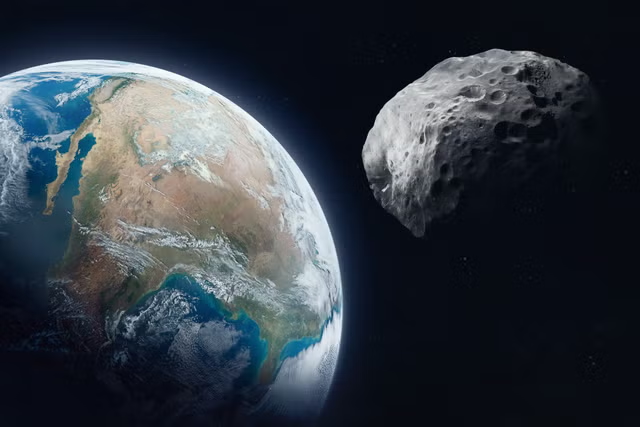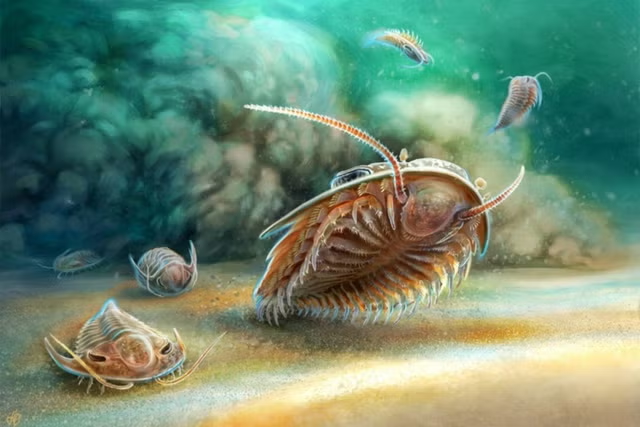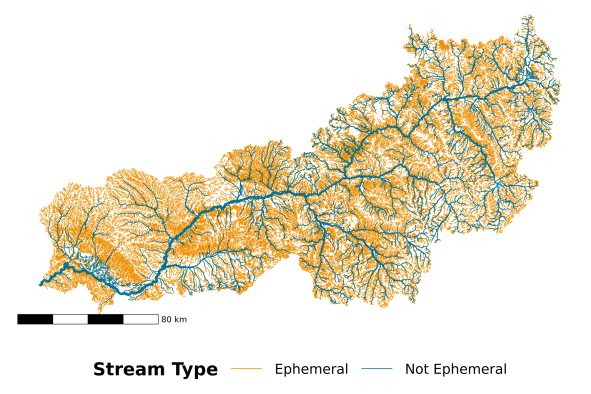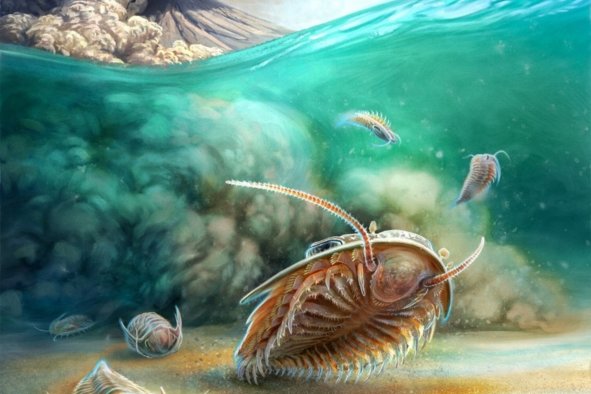A massive asteroid is due to skim past our planet this weekend and you might be able to get a glimpse of it.
The asteroid, named 2024 MK, will zoom past us closer than the moon orbits the Earth on Saturday morning, and is around the same size as the Washington Monument at between 394 to 853 feet in diameter.
It will be traveling incredibly fast at a speed of 9.37 km/s, or about 20,960 miles per hour, according to the National Aeronautics and Space Administration's (NASA) Center for Near Earth Object Studies (CNEOS), but you might be able to spot it from Earth using a telescope or binoculars.
How to Watch 2024 MK
Hopeful viewers will have their best bet of spotting the asteroid this evening, using a backyard telescope or powerful binoculars. Clear skies are required to spy on the asteroid, and being far away from night pollution will give viewers the best visibility of the asteroid. The Sky Live is tracking the asteroid, so you can use its website to figure out which area of the sky to look up at. As of Friday, it is in the constellation of Centaurus.
However, the asteroid will be moving very fast as it passes us, so it may be difficult to catch. Additionally, it passes its closest point to the Earth at 9:46 a.m. ET, meaning that it will be further away and therefore fainter during the darker hours of the night. In the United States, those to the southwest will have the best chances of seeing the asteroid, with Hawaii's Mauna Kea volcano being a prime spot to see it as it will zip past just before sunrise, The New York Times reported.
If you don't live in an ideal place to spot 2024 MK or don't have a telescope or binoculars, then the Virtual Telescope Project will be livestreaming the asteroid's passage through our skies.
What Is 2024 MK?
Despite its size, 2024 MK was only discovered on June 16 and has been classified as both a near-Earth object, or NEO, and a potentially hazardous asteroid (PHA).
NEOs are defined as asteroids that come within 1.3 astronomical units of the sun (one astronomical unit being about 93 million miles, or the distance between the sun and Earth). A PHA is an asteroid that passes within 4.6 million miles of Earth and has a diameter of at least 460 feet across. PHAs are also defined as being bright enough in the sky to have a magnitude of 22.0 or less.
2024 MK is due to pass us at a distance of 181,300 miles, much closer than the 238,900-mile orbit of the moon.
The chances of this asteroid hitting the Earth are infinitesimally small. However, if an asteroid of this size did collide with the Earth, it could be catastrophic.
"An asteroid 100-200 meters [330-650 feet] in diameter would cause a regional disaster, taking out a small country but with the resulting global consequences in terms of the global economy and globalization," Jay Tate, director of the United Kingdom's Spaceguard Centre observatory, previously told Newsweek.
2024 MK is around twice the size of the Tunguska impactor asteroid, which exploded above Siberia in 1908 and flattened 800 square miles of forest.
"The damage and effects will decrease with distance from the impact," Gretchen Benedix, an astrogeologist at Australia's Curtin University, told Newsweek. "Within 100km of the impact (into rock), there will be radiation effects from almost nil to radiation burns; a range of seismic effects; airblast effects ranging from glass windows shattering to buildings collapsing; clouds of gas and dust launched into the atmosphere."
Do you have a tip on a science story that Newsweek should be covering? Do you have a question about asteroids? Let us know via science@newsweek.com.
Disclaimer: The copyright of this article belongs to the original author. Reposting this article is solely for the purpose of information dissemination and does not constitute any investment advice. If there is any infringement, please contact us immediately. We will make corrections or deletions as necessary. Thank you.



